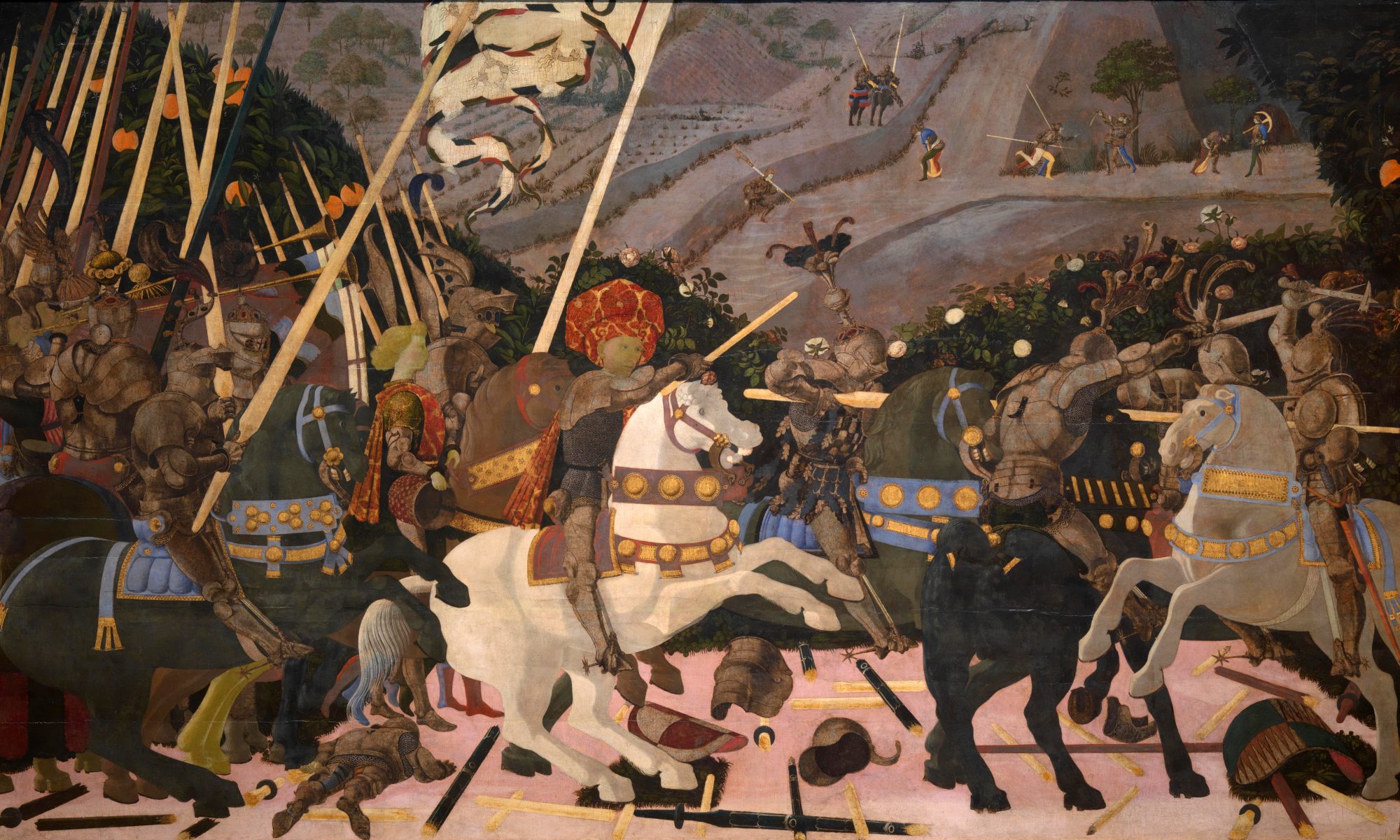Had this man been Greek, he’d have been turned into a Demi-god to rival some of the greatest in the heroic pantheon.
The Greatest Warrior.

How a man in his eighties could have the strength to engage, let alone capture, a Syrian chariot and its crew was beyond most of the new recruits. But then again Ahmose son of Abana had always defied simple explanation, for what it was worth he never gave any, for he proved his worth in deeds. The ancient old warrior, still lean and driven by an inner force that might have rivalled Pharaoh’s own divine spirit, lead his captives bound in their chariot to the presence of Thutmose I with the confidence of one used to being in the close proximity of royalty.
But he was tired. It was his boast, for he was not a humble man just a simple one, that he was in the front rank in all Pharaoh’s battles, and further that three monarchs, including the present incumbent of the throne of Horus, had witnessed his deeds at first hand. Such stress and hardship were bound to take their toll and as Ahmose watched the victory stele installed on the far bank of the Euphrates, he knew that this would be his final campaign.
He was descended from a military family, though he preferred to call himself the son of his mother, his father, Baba son of Rainet had been a soldier under Sekenra and was a scion of the nomarchs of Nekheb. As a boy Ahmose therefore was destined for a career in arms, and had taken his father’s place as a boy, sleeping in the hammocks of the ship Wild Bull during the reign of Ahmose I.
In those days Egypt was a nation under occupation. The whole of the North, the fertile delta, was under the control of the Hyksos, a mysterious “asiatic” people who had devastated the country. However the Warrior Kings of the 18th dynasty were of a different stamp to those that had come before them, Ahmose I was such a king and he was on the lookout for active young men to help him drive the invader out and liberate Egypt.
In the year Pharaoh besieged the city of Avaris, Ahmose was a chariot runner to the king, and in the initial skirmishes he distinguished himself in hand to hand combat under his master’s eye. Avaris was situated on one of the easternmost tributaries of the Delta, the lush head of papyrus that surmounts the winding stem of the Nile. Ahmose was soon transferred to the Rising in Memphis, and took part in the bitter struggle to seize the canals, as the fleet strove to cut the city off from supplies. In this action he took his first hand, earning him the “gold of valour”, a feat he would repeat 7 times in his career.
Although he would fight the Hyksos again, the majority of his career would be spent fighting Kushites in Nubia and suppressing rebels and invaders from the desert. Under Ahmose I, Amunhotep I and Thutmose I Ahmose found himself in the thick of Egypt’s territorial wars against the powerful Kingdom of Kush, whose formidable bowmen were often incorporated into the Egyptian army, but whose kings rose in perpetual wars against Egypt’s southern border. In suppressing a southern rebellion Ahmose dove into the Nile to pursue a fleeing enemy chief who he then dragged in puddle of dripping defeat before Pharaoh.
By the Nubian campaign of Thutmose I, Ahmose was the greatest warrior in the land, endowed with land, slaves and titles. The new pharaoh made him commander of his war barge. In the main battle of the campaign Ahmose fought courageously in the presence of his king, and presented him with two hands after the pursuit had obliterated the enemy field army. Ahmose was raised to the rank of Crew Commander (which is interpreted to mean admiral). The Kushites then met the Egyptians on the water and were broken. Pharaoh had Amhose steer his ship against the enemy flagship and the old admiral watched from Pharaoh’s side with satisfaction as Thutmose took a javelin, drew back his arm and with a sure eye flung his spear (some translate arrow), which a moment later resolved itself as a quivering shaft in the chest of the enemy chief. After processing to the 3rd cataract, with the Nubian’s corpse dangling by his feet from the prow, Thutmose returned to Karnak and then campaigned in Syria.
The 90 year old legend, Ahmose put down his weapons and lived out the remainder of his life in comfort, perhaps able to see his grandchildren before having “reached old age. Favoured as before, and loved, I rest in the tomb that I myself made”.
Sources: Lives of the Ancient Egyptians: Toby Wilkinson. The Splendour that was Egypt: Margaret Murray. Funerary inscriptions respective to subject found at reshafim.org . The Nile and Egyptian civilisation: A. Moret. Ancient Records of Egypt: James Breasted. The Rise and Fall of Ancient Egypt: Toby Wilkinson. Soldier of the Pharaoh: Nic Field.
See you again for another adventure in Historyland.
Josh.




You must be logged in to post a comment.